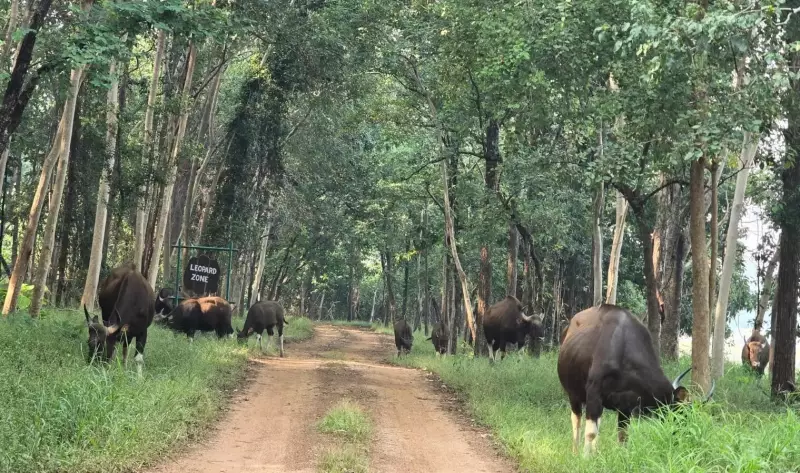
In a groundbreaking initiative to address the escalating human-wildlife conflict, the Debrigarh Wildlife Sanctuary in Odisha is constructing an extensive steel mesh barrier along its perimeter villages. This innovative solution aims to create a peaceful coexistence between forest dwellers and the sanctuary's inhabitants.
A Protective Shield for Communities and Wildlife
The sanctuary authorities have embarked on this ambitious project following numerous incidents of wild animals, particularly elephants, leopards, and bears, straying into human settlements. The steel mesh wall, stretching approximately 4.5 kilometers initially, will serve as a formidable yet environmentally conscious barrier.
"This isn't just about keeping animals out of villages—it's about protecting wildlife from human conflicts," explained a senior forest department official. "The mesh design allows for visibility and minimal habitat fragmentation while effectively preventing large animal movement into residential areas."
Strategic Implementation and Design
The construction follows a carefully planned approach:
- Phase-wise implementation starting with most vulnerable villages
- Special steel mesh designed to withstand elephant pressure
- Height optimization to deter jumping and climbing animals
- Regular monitoring gates for forest department access
- Minimal impact on smaller wildlife movement
Addressing Root Causes
Located near the Hirakud Dam reservoir, Debrigarh Sanctuary has witnessed increasing confrontations between animals and humans, primarily due to habitat shrinkage and seasonal migration patterns. The mesh barrier represents a proactive approach to a problem that has plagued both wildlife enthusiasts and local farmers for years.
Villagers have expressed cautious optimism about the project, noting that previous temporary measures provided limited relief. The permanent structure promises enhanced security for both agricultural lands and human lives, while ensuring animals remain within their natural habitat.
Conservation Meets Innovation
This initiative marks a significant shift from traditional conflict management strategies. Unlike solid walls that disrupt ecological connectivity or electric fences that can harm animals, the steel mesh offers a balanced solution that respects both conservation needs and human safety requirements.
The project also includes community awareness programs and early warning systems, creating a comprehensive approach to human-wildlife coexistence. Forest officials anticipate that successful implementation could serve as a model for other conflict-prone wildlife areas across India.





